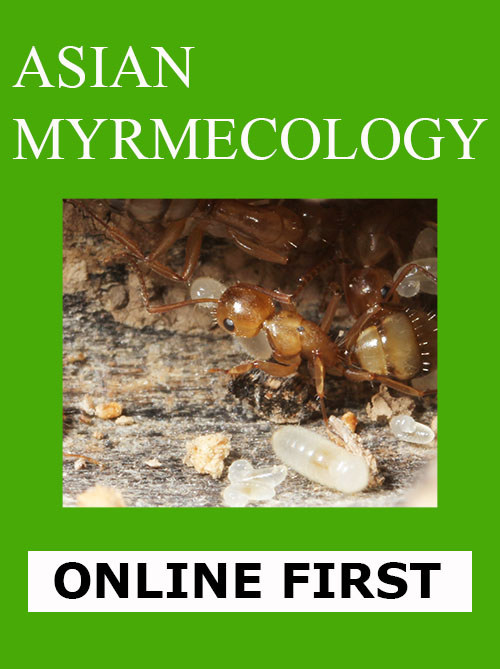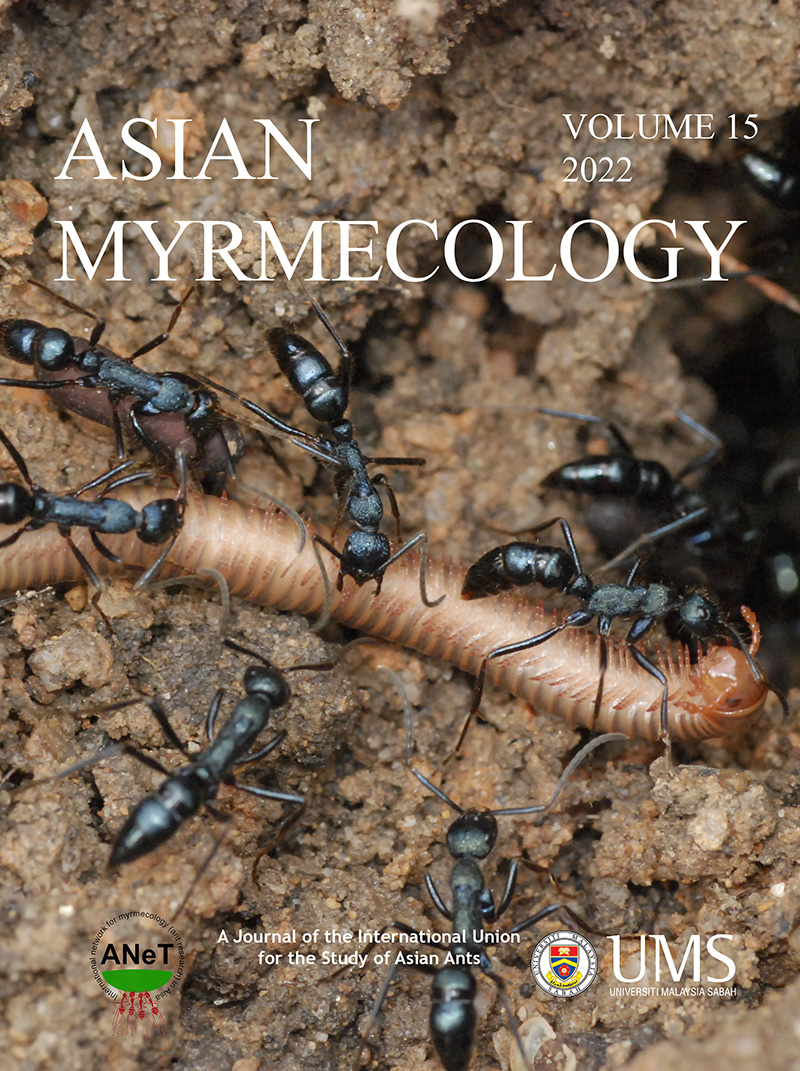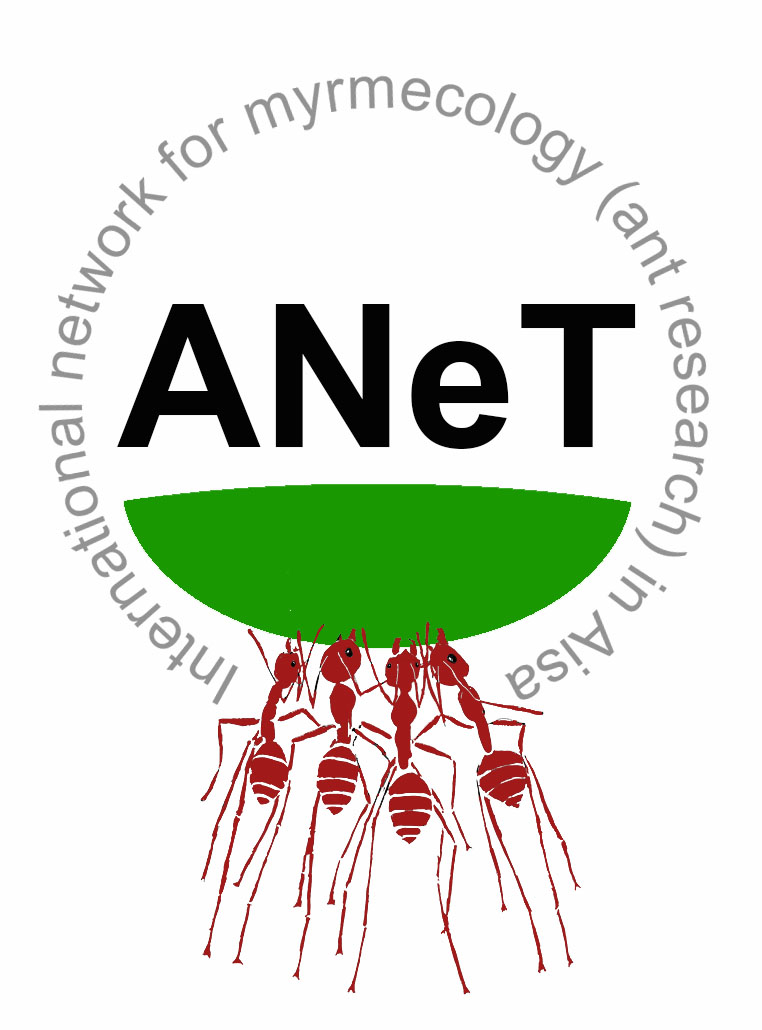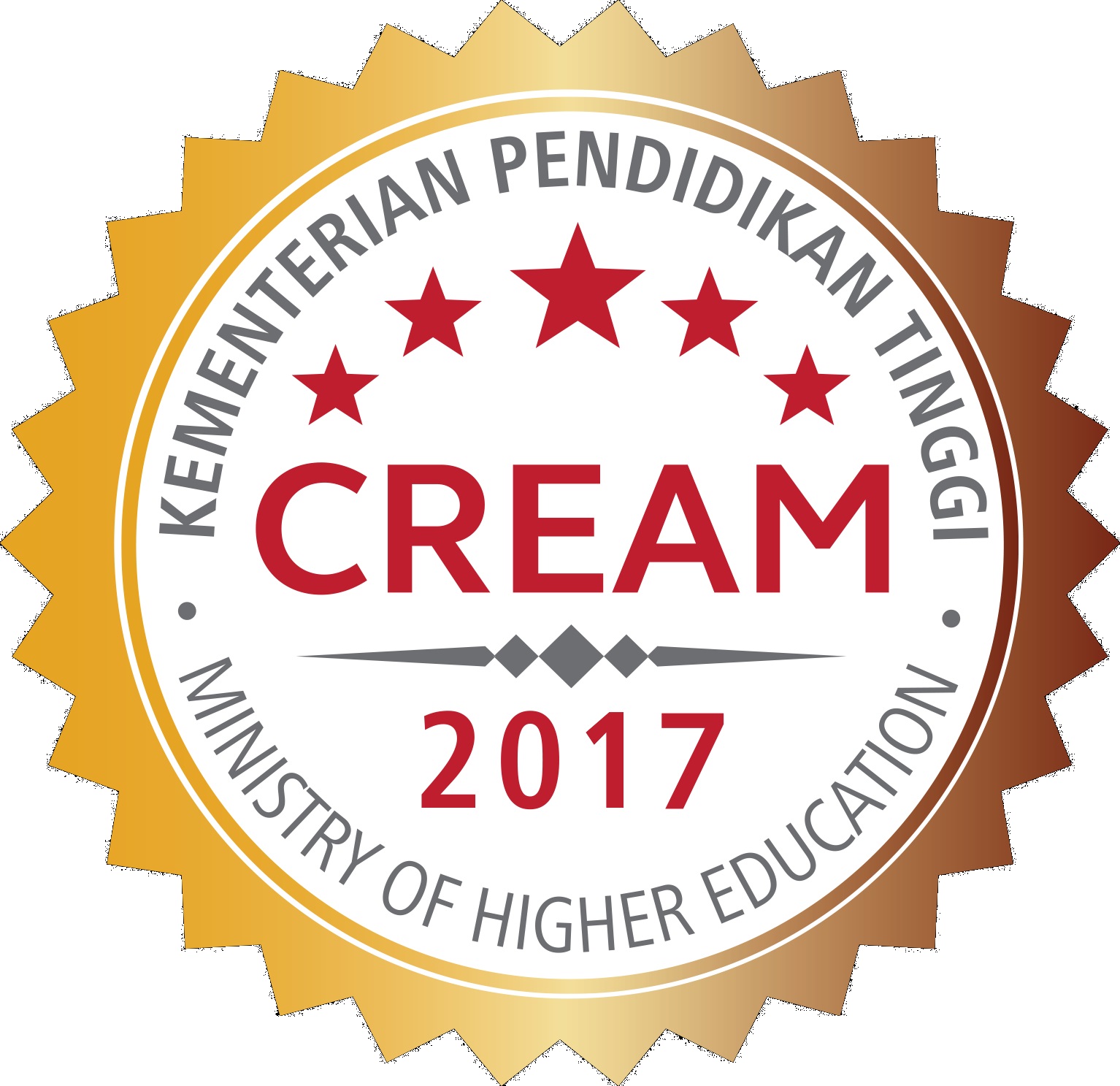ASIAN
MYRMECOLOGY
Image: François Brassard
DOI: 10.20362/am.016005
Asian Myrmecology 16: 016005 (1-37)
article first published online: 12/May/2023
The Amblyoponinae (Formicidae) of Hong Kong
MATTHEW T. HAMER1, MAC P. PIERCE1,2 & BENOIT GUÉNARD1
Abstract:
Cryptobiotic ants of the subfamily Amblyoponinae are notoriously difficult to collectand rarely addressed in faunal reviews. Database records are comparatively sparse with little literature regarding regional biogeography, and with most records associated with pristine natural habitats. We review the Amblyoponinae species of Hong Kong, a heavily urbanised region, providing natural history and biogeographic information for each species. Based on recent and historical faunal surveys, our results reveal a comparatively rich diversity including both native and potential exotic taxa. A total of eight species and two genera are found in Hong Kong. One genus, Prionopelta Mayr, 1866, and three species, P. kraepelini Forel, 1905, Stigmatomma luyiae Hsu et al., 2017 and S. zwaluwenburgi Williams, 1946 are newly recorded in the region and continental China, while additional records of S. amblyops Karavaiev, 1935 and S. crypticum (Eguchi et al., 2015) are also provided. Two new Stigmatomma species are also described, Stigmatomma draconis sp. nov. and Stigmatomma pagei sp. nov. Taxonomic assessments are provided for S. zwaluwenburgi and specimens previously thought to be S. rothneyi (Forel, 1900). With the use of multivariate analysis and examination of morphological characters, we conclude S. rothneyi specimens are closely related to S. quadratum Karavaiev, 1935 and consequently designated as S. nr. quadratum until further revisionary work is carried out. Our results also show that some Amblyoponinae species can be relatively common within urban environments, a habitat notpreviously understood to be associated with this subfamily.
Keywords:
cryptic, urban, exotic, tramp, Stigmatomma, Prionopelta, China
Get PDF (20.0 MB) :
MATTHEW T. HAMER1, MAC P. PIERCE1,2 & BENOIT GUÉNARD1
Abstract:
Cryptobiotic ants of the subfamily Amblyoponinae are notoriously difficult to collectand rarely addressed in faunal reviews. Database records are comparatively sparse with little literature regarding regional biogeography, and with most records associated with pristine natural habitats. We review the Amblyoponinae species of Hong Kong, a heavily urbanised region, providing natural history and biogeographic information for each species. Based on recent and historical faunal surveys, our results reveal a comparatively rich diversity including both native and potential exotic taxa. A total of eight species and two genera are found in Hong Kong. One genus, Prionopelta Mayr, 1866, and three species, P. kraepelini Forel, 1905, Stigmatomma luyiae Hsu et al., 2017 and S. zwaluwenburgi Williams, 1946 are newly recorded in the region and continental China, while additional records of S. amblyops Karavaiev, 1935 and S. crypticum (Eguchi et al., 2015) are also provided. Two new Stigmatomma species are also described, Stigmatomma draconis sp. nov. and Stigmatomma pagei sp. nov. Taxonomic assessments are provided for S. zwaluwenburgi and specimens previously thought to be S. rothneyi (Forel, 1900). With the use of multivariate analysis and examination of morphological characters, we conclude S. rothneyi specimens are closely related to S. quadratum Karavaiev, 1935 and consequently designated as S. nr. quadratum until further revisionary work is carried out. Our results also show that some Amblyoponinae species can be relatively common within urban environments, a habitat notpreviously understood to be associated with this subfamily.
Keywords:
cryptic, urban, exotic, tramp, Stigmatomma, Prionopelta, China
Get PDF (20.0 MB) :
1 School of Biological Sciences, The University of Hong Kong, Kadoorie Biological Sciences Building, Pok Fu Lam Road, Hong Kong SAR, China
2 State Key Laboratory of Emerging Infectious Diseases, The University of Hong Kong, Hong Kong SAR, P. R. China
*Corresponding author: matt.hamer@hotmail.co.uk



